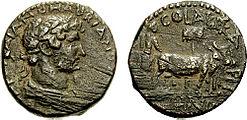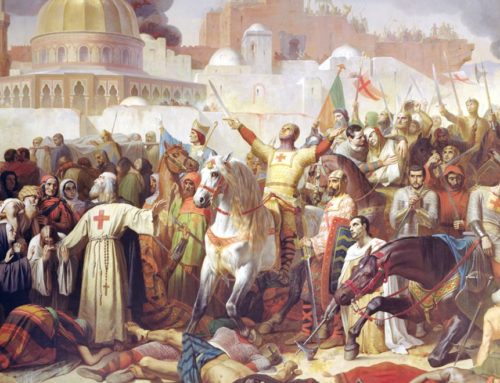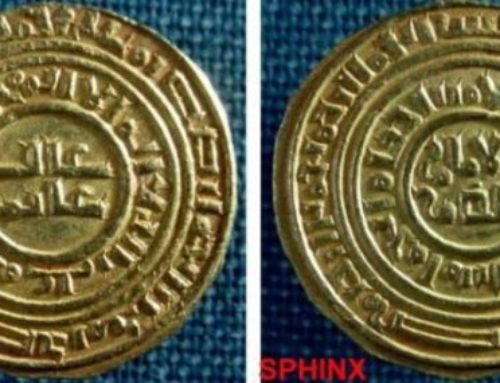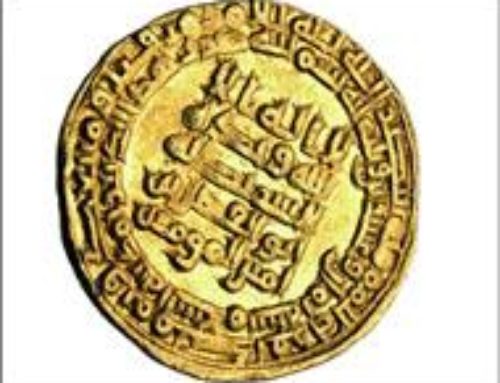


The revolt was cruelly suppressed, and after the first destruction of the city at the hands of Titus in 70 AD, Hadrian led the second destruction of the city.[4] The whole city razed ground and for a couple of years Jerusalem bore no remarkable mention in the historical record. In 135 AD,, Hadrian built a new city on the ruins of the old Jerusalem. The new city was called Aelia Capitolina;[5] Aelia after the family name of Hadrian “Aelius”, and Capitolina after Jupiter Capitolinus, the chief Roman God.[6]

Christians’ persecution and Expulsion of Jews
Upon the building of the new city, Hadrian persecuted the Christian inhabitants of Jerusalem,[7] and a decree was issued prohibiting, under penalty of death, any presence of Jews in the city of Aelia Capitolina.[8] The prohibition continued even after the death of Hadrian. It was only lifted upon the Muslim Arab Conquest of the city during the time of Caliph Umar Bin Al-Khattab.[9]
he population of Jerusalem from the time of Hadrian up until the time of Constantine in the fourth century consisted mainly of Christians and Pagans worshipping Roman Idols.[10] After emperor Constantine adopted Christianity in the fourth century AD, no pagans were left in Jerusalem and Christianity became the dominant religion of the empire.

[1] Karen Armstrong, Jerusalem: One City, Three Faiths (New York: Ballantine Books, 2005), 161
[2] Teddy Kollek and Moshe Pearlman, Jerusalem: a History of Forty Centuries (New York: Random House, 1968), 138
[3] Kollek and Pearlman, a History of Forty Centuries, 140 and Armstrong, One City, Three Faiths, 170 and Aref Al-Aref, History of Jerusalem (Jerusalem: Al Andalus Library, 1999 fifth edition), 67-68
[4] Habib Ghanem, Jerusalem: a History and a Cause (Lebanon: Dar Al-Manhel, 2002), 29
[5] Henry Cattan, Jerusalem (London: Saqi Books, 2000), 4 and Armstrong, One City, Three Faiths, 153 and Riad Yassin and Amjad Al-Fa’ouri, the Political and Cultural History of Jerusalem (Jordan: Dar Wael, 2012), 19
[6] Kollek and Pearlman, a History of Forty Centuries, 140
[7] Al-Aref, History of Jerusalem, 68
[8] Kollek and Pearlman, a History of Forty Centuries, 140-142
[9] Cattan, Jerusalem, 24
[10] Ghanem, Jerusalem, 29






